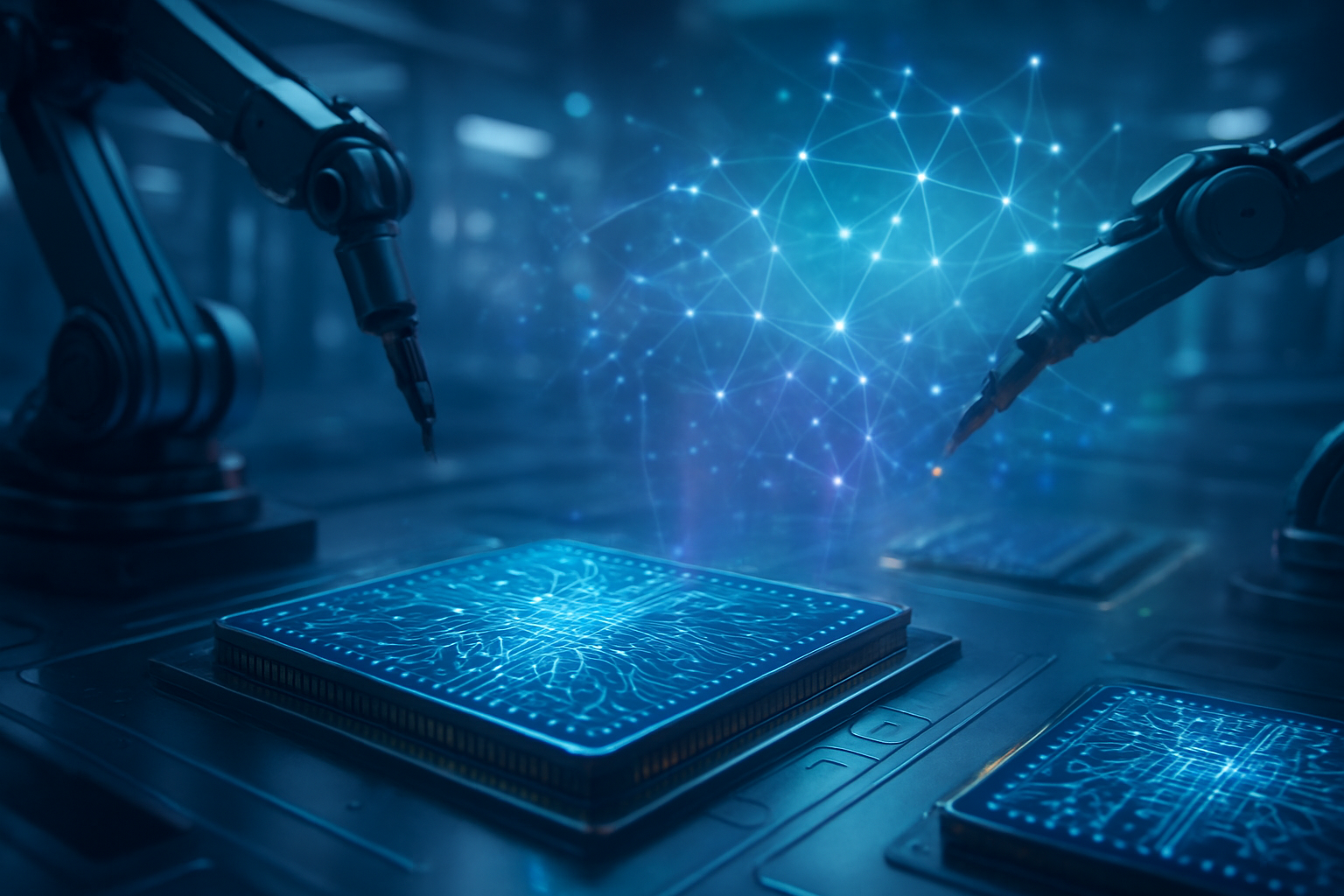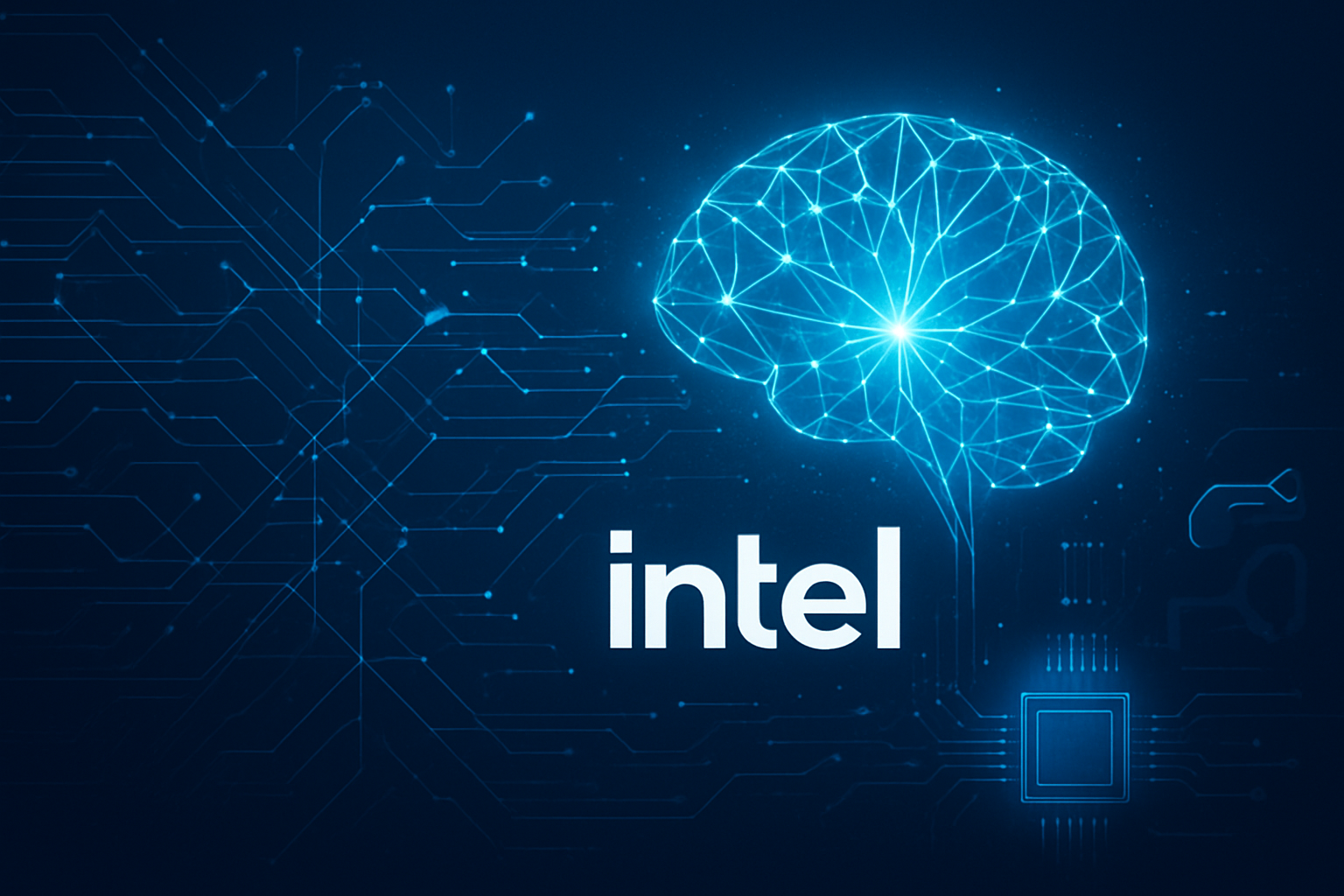Financial reports serve as critical barometers in the fast-paced semiconductor industry, dictating investor sentiment and profoundly influencing stock prices. These quarterly disclosures offer a granular look into a company's health, growth trajectories, and future prospects, acting as powerful catalysts for market movements. As the tech world increasingly relies on advanced silicon, the performance of chipmakers becomes a bellwether for the broader economy. Recent Q3 earnings, exemplified by Valens Semiconductor's robust report, vividly illustrate how exceeding expectations can ignite investor confidence, while any misstep can trigger a swift reevaluation of a company's market standing.
Valens Semiconductor's Q3 2025 Performance: A Deep Dive into Growth and Strategic Shifts
Valens Semiconductor (NYSE: VLN) recently delivered a compelling third-quarter earnings report for the period ending September 30, 2025, marking its sixth consecutive quarter of revenue growth. The company reported revenues of $17.3 million, comfortably surpassing both its own guidance of $15.1-$15.6 million and analyst consensus estimates of $15.4 million. This represented an impressive 8.1% year-over-year increase compared to Q3 2024 revenues of $16.0 million, underscoring a strong operational momentum.
Delving into the specifics, Valens Semiconductor's Cross-Industry Business (CIB) revenues were a significant driver, accounting for approximately 75% of total revenues at $13.2 million. This segment showed substantial growth from $9.4 million in Q3 2024, propelled by strategic product mix changes and heightened demand within the ProAV market. In contrast, Automotive revenues totaled $4.1 million, representing about 25% of total revenues, a decrease from $6.6 million in Q3 2024. Despite a GAAP net loss of $(7.3) million, the company demonstrated strong cost management and operational efficiency, achieving a non-GAAP gross margin of 66.7%, which was above its guidance of 58%-60%. Furthermore, Valens Semiconductor exceeded adjusted EPS estimates, reporting -$0.04 against a consensus of -$0.06, and an adjusted EBITDA loss of $(4.3) million, better than the guided range. The market responded positively to these better-than-expected results and the company's optimistic outlook, further bolstered by the announcement of Yoram Salinger as the new CEO, effective November 13, 2025.
Market Dynamics: How Financial Health Shapes Competitive Landscapes
Valens Semiconductor's strong Q3 2025 performance positions it favorably within its specific market segments, particularly in the ProAV sector, where its CIB offerings are clearly resonating with customers. By outperforming revenue and earnings expectations, Valens Semiconductor reinforces its market presence and demonstrates its ability to navigate a complex supply chain environment. This robust financial health can translate into competitive advantages, allowing the company to invest further in research and development, attract top talent, and potentially expand its market share against rivals in high-speed connectivity solutions.
For the broader semiconductor industry, such reports from key players like Valens Semiconductor offer crucial insights into underlying demand trends. Companies demonstrating consistent growth in strategic areas like AI, data centers, and advanced automotive electronics stand to benefit significantly. Major AI labs and tech giants rely heavily on the innovation and production capabilities of chipmakers. Strong financial results from semiconductor firms indicate a healthy ecosystem, supporting continued investment in cutting-edge AI hardware. Conversely, companies struggling with revenue growth or margin compression may face increased competitive pressure and find it challenging to maintain their market positioning, potentially leading to consolidation or strategic divestitures. The market rewards efficiency and foresight, making robust financial reporting a cornerstone of strategic advantage.
The Broader Significance: Semiconductors as Economic Barometers
The semiconductor industry’s financial reports are more than just company-specific updates; they are a critical barometer for the health of the entire technology sector and, by extension, the global economy. As the foundational technology powering everything from smartphones and data centers to AI and autonomous vehicles, the performance of chipmakers like Valens Semiconductor reflects broader trends in technological adoption and economic activity. Strong earnings from companies like NVIDIA (NASDAQ: NVDA), Broadcom (NASDAQ: AVGO), and Taiwan Semiconductor Manufacturing Company (NYSE: TSM) can signal robust demand for high-tech goods and services, often boosting overall market sentiment.
However, the industry is also characterized by its inherent cyclicality and sensitivity to geopolitical factors. Supply chain disruptions, such as those experienced in recent years, can significantly impact production and profitability. Government initiatives, like the U.S. CHIPS and Science Act of 2022, which aims to bolster domestic semiconductor manufacturing through substantial grants and tax credits, underscore the strategic importance of the sector and can influence long-term investment patterns. Investors closely scrutinize key metrics such as revenue growth, gross margins, and earnings per share (EPS), but perhaps most critically, forward-looking guidance. Positive guidance, like that provided by Valens Semiconductor for Q4 2025 and the full year, often instills greater confidence than past performance alone, as it signals management's optimism about future demand and operational capabilities.
Future Developments: Sustained Growth Amidst Evolving Challenges
Looking ahead, Valens Semiconductor's guidance for Q4 2025 projects revenues between $18.2 million and $18.9 million, aligning with or slightly exceeding consensus estimates. For the full year 2025, the company anticipates revenues in the range of $69.4 million to $70.1 million, again surpassing current consensus. These projections suggest continued momentum, particularly in the CIB segment, driven by ongoing demand in specialized markets. The appointment of a new CEO, Yoram Salinger, could also signal new strategic directions and renewed focus on market expansion or technological innovation, which experts will be watching closely.
The broader semiconductor market is expected to continue its growth trajectory, fueled by insatiable demand for AI accelerators, high-performance computing, and increasingly sophisticated automotive electronics. However, challenges remain, including potential macroeconomic headwinds, intense competition, and the ongoing need for massive capital investment in advanced manufacturing. Experts predict a continued emphasis on diversification of supply chains and increased regionalization of chip production, influenced by geopolitical considerations. Analyst ratings for Valens Semiconductor remain largely positive, with a median 12-month price target of $4.00, suggesting significant upside potential from its recent closing price of $1.80, reflecting confidence in its future prospects.
A Resilient Sector: The Enduring Impact of Financial Transparency
Valens Semiconductor's strong Q3 2025 earnings report serves as a potent reminder of the profound impact financial transparency and robust performance have on investor confidence and stock valuation in the semiconductor industry. By exceeding expectations in key metrics and providing optimistic forward guidance, the company not only strengthened its own market position but also offered a glimpse into the underlying health of specific segments within the broader tech landscape. This development underscores the critical role of timely and positive financial reporting in navigating the dynamic and often volatile semiconductor market.
As we move forward, market participants will continue to meticulously scrutinize upcoming earnings reports from semiconductor giants and emerging players alike. Key takeaways from Valens Semiconductor's performance include the importance of diversified revenue streams (CIB growth offsetting automotive dips) and efficient operational management in achieving profitability. The industry's resilience, driven by relentless innovation and surging demand for advanced computing, ensures that every financial disclosure will be met with intense scrutiny. What to watch for in the coming weeks and months includes how other semiconductor companies perform, the ongoing impact of global economic conditions, and any new technological breakthroughs that could further reshape this pivotal sector.
This content is intended for informational purposes only and represents analysis of current AI developments.
TokenRing AI delivers enterprise-grade solutions for multi-agent AI workflow orchestration, AI-powered development tools, and seamless remote collaboration platforms.
For more information, visit https://www.tokenring.ai/.









